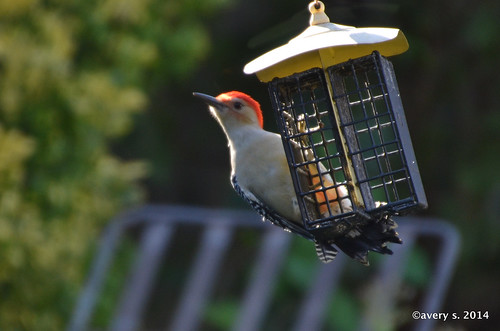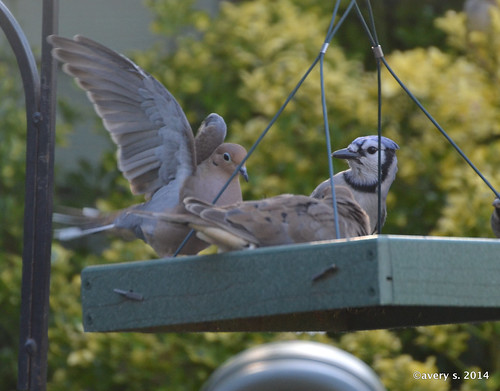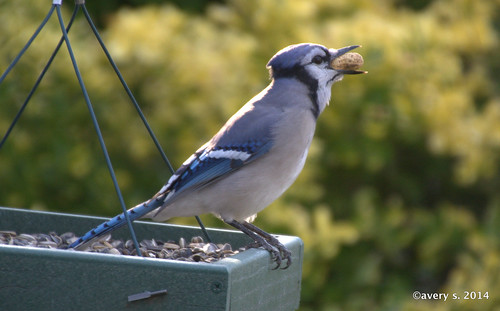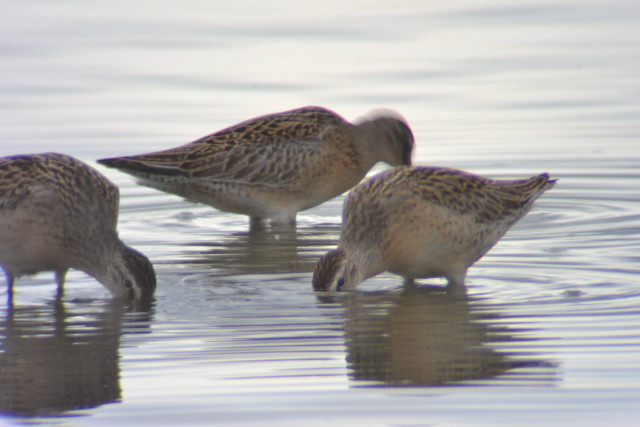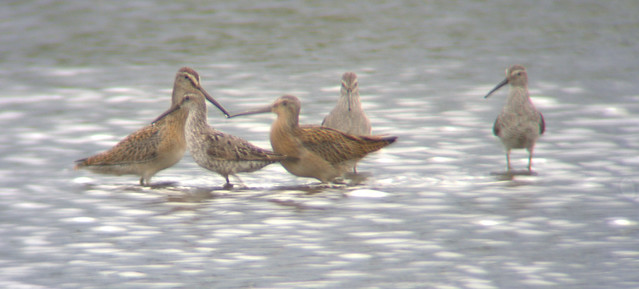Christmas Break Birding
Episode #2
South Shore, Nassau County, NY
For this third and possibly final* episode of Christmas Break Birding, I decided to cover two ponds/lakes on the South Shore of Long Island.
First up was Massapequa Lake, a large lake on the southern end of Massapequa Preserve. Upon arriving the first thing that was evident was a large grouping of Ruddy Ducks, forty-five to be exact. A closer scope scan revealed innumerable amounts of Hooded Mergansers and American Black Ducks, with Mute Swans, Northern Shovelers and a Great Black-backed Gull mixed in with the Ring-billed and Herring Gulls. Some American Coot were also present, and while not rare, they do have unusually cute looks for any bird, not to mention lobed feet. I also located a bunch of Ring-necked Duck on the other side of the pond, though the Gadwall and Common Mergansers also present in the same vicinity did not seem interested in socializing. A Downy Woodpecker called from a nearby tree.
Further up along the trail that leads around the lake, a Black-capped Chickadee called incessantly, though it was almost drowned out by the calls of the exciting, amazing, super-rare House Sparrow. On the water, the ubiquitous Canada Geese and Mallards quacked and honked and made a ruckus. A Great Blue Heron flapped heavily across the water, landing on the other side of the lake in some reeds, where it proceeded to sit down and not move.
I had somewhere to be at 4:30 and it was already 3:00, so I moved back down the trail, where a Song Sparrow hid very well in the bushes, though I saw it anyway.
I detoured along the way to the next stop and drove through Robert J. Burns park, which is situated next to a canal of the Atlantic Ocean. There was nothing at all there except nine Hooded Mergansers, all females, which provided great photo opportunities, as they were so close. Several Ring-billed Gulls were also very close to the car, which allowed for good shots.
The final stop of the day was a place called Unqua Lake, where one had to be careful where one stepped so as not to tread upon Canada Geese and Mallards. My counts, as reported to eBird, were 200 for the former and 150 for the latter. However, there were a bunch more American Black Ducks and Hooded Mergansers, as well as two Northern Shovelers and a nice surprise in a tree across the lake, two Black-crowned Night-herons.
Speaking of night, the sun was setting, and I had an appointment. Enjoy the day's photos!
*I say final tentatively, as I have no further plans for birding over Christmas Break, but am prone to SBI (Sudden Birding Impulse).
 |
| Ruddy Ducks |
 |
| Gadwall |
 |
| Common Mergansers |
 |
| I guess she took off... |
 |
| The Ladies Club--Hooded Mergansers |
 |
| "I see you looking at me..." |
 |
| Common birds are beautiful too! |
 |
| Incoming! Canada Geese |






















